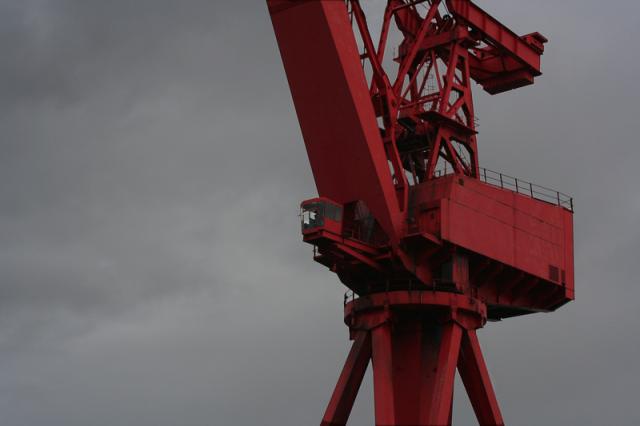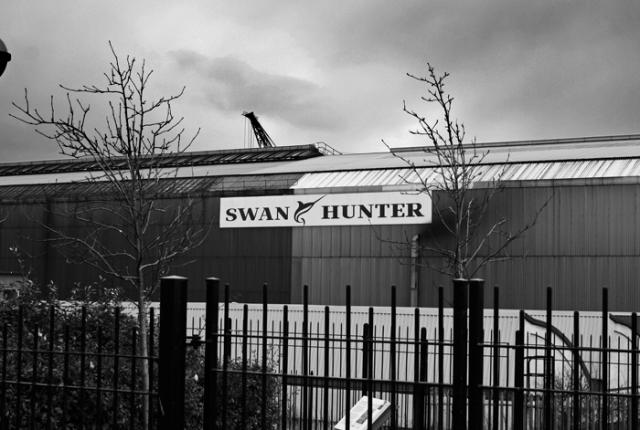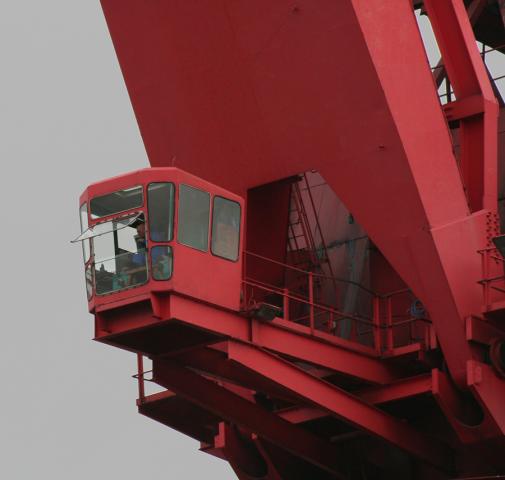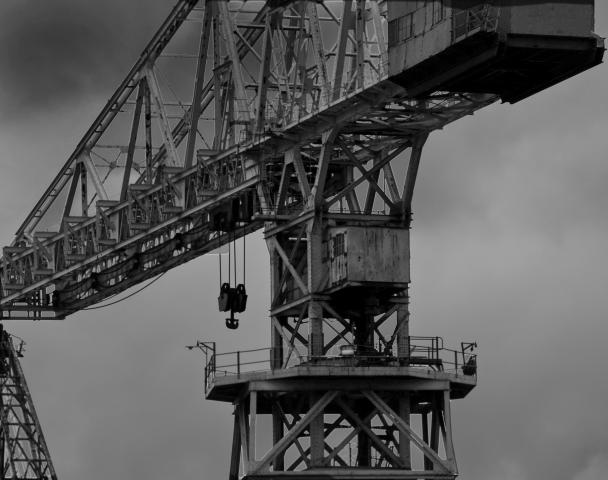
A website devoted to demonstrating the outstanding natural beauty and lifestyle of Northumberland, Northern England and Newcastle.............
It is impossible to go to the North East of England without observing some part of our proud Industrial Heritage. The North and the North East in particular was once the workshop of the world. Sadly not anymore.
In the North East we made everything from Ships, Trains, Steel, Coal, Turbines, Guns to name but a few.
We have had some of the most influential industrialists and inventors, hail from this region, Stephenson the inventor of the first workable steam train to Armstrong, the Arms manufacturer that produced most of the Firepower for the once mighty Royal Navy. Sir Charles Parson, the inventor of the steam turbine, that has propelled ships and a variant for planes ever since, as well as power stations.
Now as I said previous, most of this has now gone, but for someone that is extremely interested in our heritage, the fingerprints are still left for all to see before us. Whether it be Stephenson's works on the banks of the quayside, to the crane of the old Naval Yard in Walker. Or the Museum at Woodhorn in Ashington, dedicated to the pits that were on the site and the area.
Many of the exhibits are now in the Science Museum Newcastle.
But as the months pass I will be adding new shots of our Industrial Heritage as I can take them. So please be patient.
Paul





Swan Hunter Shipbuilders
For me shipbuilding is synonymous with the North East of England and the Tyne. There was at one time numerous yards, building all types of ships for all nations. There was Swan Hunters, Vickers, hawthorns, Palmers, A and P and Smiths Docks to name the ones I can recall from memory. Not to mention the yards on the Wear and the Tees.
They built such ships as the Mauritania, sister ship of the ill fated Lusitania, sank in the first World war, the Carpathia that rescued the survivors of the Titanic disaster. The King George the IV that helped sink the Bismark in World War 2, and up to recent years the Illustrious and Ark Royal that are the UK's only aircraft carriers. (Through deck cruisers, so not to scare off those delicate flowers in the MOD who run for cover at the first mention or paying for aircraft carriers!)
In my lifetime, and having access to the yard due to my Father working there, my childhood was always involved in this place in one way or another. Like many families in the North East. I still remember the yard hurriedly preparing the Ark Royal in case it was needed for the Falklands campaign. And after the war was over, building the replacement for the Atlantic Conveyor. ( Which they built previousley) And building 2 new Type 22 Anti Submarine Frigates, again to replace ones lost in the Falklands, the Sheffield and Coventry. Along with the Sir Galahad.
In total Swans build over 1600 ships!
Up until WW2, the yard flourished, and during the war like the rest of British industry they were working flat out. After the war, the uk's fortunes took a steep nose dive. The UK was bankrupt. And only the Marshal plan could help. But there was an unprecedented boom in shipbuilding, to replace most of the Merchant marine that was destroyed in the war.
But as for the rest of UK industry, we never updated our yards to cope with future projects. It wasn't unusual for people in the 1980's and 90's to be working machines that were built in the latter half of the 1800's! Little investment! But as with the UK in general, we seemed to succeed despite ourselves.
But in the 1960's, and especially the 1970's with all the Union and industrial problems within the industry, the UK was going into decline. The "Boilermakers" as they were known, were out on strike more times than working generally, and were not the most popular people in the world.
And with the UK government cutting back on orders for the Royal Navy, the growing threat of japan and Asian yards the UK struggled to cope. But as we had bad industrial relations, lack of investment and poor management, the writing was becoming clear on the wall. And in 1994 Swans went into receivership. And after completing HMS Westminster, Richmond and Northumberland, the receivers closed the yard, and that was the last of the British owned yard gone forever.
I still remember walking round these brand new ships, just complete, paint still wet on some and thinking what a waste it was the yard closing. Shipbuilding is something that can get into your blood if you aren't carefull!
The fabrication sheds deserted, offices empty, slipways clear, cranes not moving. A sight that has been repeated up and down the UK, severely harming many areas like Tyneside. Also cities like Glasgow on the Clyde, the Mersey yards in Liverpool etc.
This really is as high as it looks.
A once famous name in Shipbuilding.
A fairly lonely job, but what a view.
So after the yard closed in 1994, it was bought by a Dutchman. Who to give him his credit, did try and keep the yard going. And after converting a few ships and building some Royal Fleet Auxiliaries, the yard has eventually succumbed to the inevitable and has closed for good.
All the cranes you see here today are now residing in India. The skyline of Tyneside has changed forever, and a way of life gone too.
And the last ship built there the Largs bay, was towed away to Scotland to be finished, due to unpredictable completion times and a rising cost. A rather inglorious end to the whole thing really.
But not to worry, there are always jobs in call centres and Tesco's to fall back on!